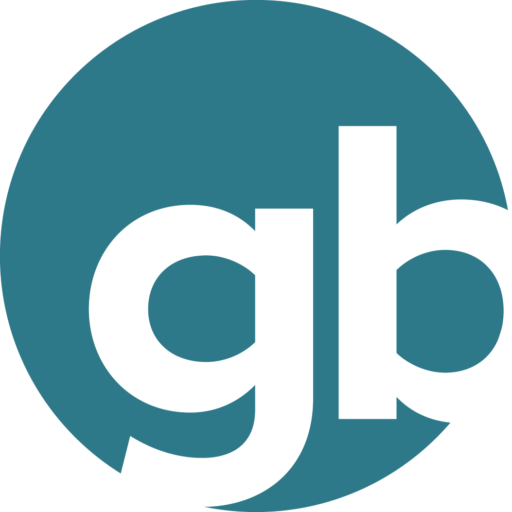For European regional newspaper publisher Mecom Group plc, Q2 of 2007 saw the company’s growth plans take a major step forward.
On April 12, Mecom completed its £570 million secondary fund raising on AIM, followed the next day by the completion of two acquisitions of rival newspaper publishers. Mecom acquired 75% of German concern Berliner Verlag Deutsche Zeitungsholding for about euro163 million [£110 million] and a 23.9% stake in Dutch business Koninklijke Wegener for euro159 million.
Mecom also repaid its £55.5 million loan to Norwegian conglomerate Orkla ASA, taken out when the former acquired Orkla Media in 2006. The remainder of Mecom’s funds – about £280 million – will be used for more acquisitions.
These transactions helped Mecom’s share price to increase by more than 10p in the past three months to 92.25p at the time of writing. The company’s market cap now stands at more than £1.3 billion.
Mecom’s fund raising was one of the largest seen in AIM’s 12-year history and is also indicative of the growth in secondary capital raisings on the junior exchange. Secondary issues generated more than £2.62 billion in April and May, more than half the total raised by all secondary issues in 2006.
In addition, in Q2 secondary issues overtook funds raised by new issuers for the first time since 1999, according to Grant Thornton. New issues in Q2 generated about £2.41 billion, itself a drop of 18% year on year.
If this trend continues, secondary issues should easily exceed the £4.3 billion raised in 2006. “The trend is partly down to a substantial wave of large secondary issues undertaken by property and private equity investment funds, which have dominated the market for the past 24 months or so; possibly a general growing appetite for a less risky allocation of capital and arguably a lack of new issues able to attract a broad and substantial appeal within the investment community,” said Philip Secrett, a partner at Grant Thornton Corporate Finance.
“The quantity of secondary listings and amount of further money raised seems to indicate a maturing cycle on AIM. The total number of companies on AIM is now consistently higher than the Main Market, and many of these companies, such as Dolphin Capital Investors, which raised euro450 million in June, are now looking to replicate the fundraising success at the time of their AIM admission.”
This has begun to change the shape of the market, with a trend towards fewer, larger listings. Secrett: “What is commonly referred to as the ‘bandwidth’ – the market’s ability to process listings, for example, in terms of nominated adviser, broker and investor resources – is now largely occupied by larger issues undertaken at the time of admission and a fast growing number of secondary fundraisings, often leaving limited resource for what just a few years ago would have been AIM’s mainstay – deals in the region of £1 million to £5 million.”
Up and down
Meanwhile, the number of admissions to AIM rose compared to Q1; 84 companies joined or rejoined the market between April – June, compared to 54 in the first three months of the year. While this was a healthy number, it was nevertheless down 28% year on year, although this is more an indication of how good a year 2006 was for AIM.
Significant listings in Q2 included real estate investment company China Central Property, which raised some £151 million when it joined on June 13, giving it a market cap of £270 million. Its share price has since risen by more than 12% to 115p.
Among non investment-related businesses, Dublin-based scientific analysis company EAG Ltd< raised about £125 million when it joined on June 26 and Finnish paper mill operator Powerflute Oyj raised £96.8 million from its admission on May 11.
Elsewhere, the steady flow of businesses leaving the Main Market and joining AIM continued, with Leeds-based industrial pressings manufacturer TF & JH Braime (Holdings) plc completing its move in June. Braime’s directors said AIM is a more appropriate market for a company of its size and resources and that it offers greater flexibility, particularly with regards to corporate transactions.
Meanwhile, 23 cash shells – companies with an AIM listing but no active business – remain on AIM with about £63 million available in cash resources, according to research by Business XL magazine. These businesses are compelled to seek acquisitions otherwise they face the risk of being removed from AIM.
So with cash shells eager to complete reverse takeovers and the upturn in admissions and fund raisings in Q2, Secrett is optimistic about AIM’s prospects in the short term. “Admissions and money raised has continued to build over the quarter, and Q3 is set to be strong in terms of new admission and secondary listings,” he said.






